Summary
Thikana Mandir Sri Govind Dev Ji in Jaipur, located in the City Palace complex, is a revered Hindu temple dedicated to Lord Krishna. Built by Sawai Jai Singh II in the 18th century, it houses a sacred idol from Vrindavan and is a major Vaishnavite pilgrimage site
Location
- Jalebi Chowk, Jai Niwas Garden, Jaipur, Rajasthan 302002
⬇️Tap on “View larger map” to get Direction
Full Story
The Thikana Mandir Sri Govinddevji, located in Jaipur, Rajasthan, is one of the most revered and historically significant temples in India. Dedicated to Lord Krishna in his form as Govind Devji, this temple holds immense spiritual and cultural importance for devotees, particularly followers of the Pushti Marg sect of Vaishnavism. Here’s a detailed exploration of its history, architecture, and significance:
Historical Background
- Origins and Founding:
- The deity of Sri Govinddevji was originally installed in Vrindavan, the sacred land associated with Lord Krishna’s childhood pastimes.
- The idol was discovered by Srila Rupa Goswami, one of the principal disciples of Chaitanya Mahaprabhu, in the 16th century.
- The temple in Vrindavan was built by Raja Man Singh I of Amber, a devoted follower of Lord Krishna, in 1590.
- Relocation to Jaipur:
- In the early 18th century, during the reign of Maharaja Sawai Jai Singh II, the founder of Jaipur, the idol of Sri Govinddevji was moved from Vrindavan to Jaipur.
- The relocation was prompted by the Mughal emperor Aurangzeb’s destructive campaigns, which targeted Hindu temples and idols.
- Maharaja Sawai Jai Singh II brought the deity to Jaipur to ensure its safety and to establish it as the royal deity of the Kachwaha dynasty.
- Construction of the Temple:
- The temple was built within the City Palace complex in Jaipur, adjacent to the Chandra Mahal.
- The construction of the temple was completed in 1735, and it became a central place of worship for the royal family and the people of Jaipur.
Architectural Marvel
The Thikana Mandir Sri Govinddevji is a fine example of Rajput temple architecture, blending traditional design elements with royal grandeur.
- Exterior Design:
- The temple is built in the Nagara style of temple architecture, characterized by its shikhara (spire) and intricate carvings.
- The facade is adorned with marble and red sandstone, reflecting the architectural style of Jaipur.
- Interior Decor:
- The sanctum sanctorum houses the idol of Sri Govinddevji, which is beautifully adorned with jewels, silver, and golden attire.
- The temple’s interior features frescoes and paintings depicting scenes from Lord Krishna’s life, particularly his pastimes in Vrindavan.
- The walls and ceilings are decorated with floral motifs and geometric patterns, creating a divine ambiance.
- Key Features:
- Main Shrine: The central shrine is the focal point of the temple, where the idol of Sri Govinddevji is worshipped.
- Dhwaja Stambha: A tall flagpole stands in front of the temple, symbolizing the presence of the deity.
- Yagyashala: A hall for performing rituals and ceremonies, located within the temple complex.
Cultural and Religious Significance
- Spiritual Hub:
- The Thikana Mandir Sri Govinddevji is one of the most important pilgrimage sites for devotees of Lord Krishna, particularly followers of the Pushti Marg sect.
- The temple is known for its daily rituals and sevas (services), which are performed with great devotion and precision.
- Royal Patronage:
- The temple has a deep connection with the Kachwaha dynasty of Jaipur, who considered Sri Govinddevji as their kuldevta (family deity).
- The royal family continues to play an active role in the temple’s administration and rituals.
- Festivals and Celebrations:
- The temple is particularly vibrant during festivals like Janmashtami (Lord Krishna’s birthday), Holi, and Annakut.
- During these festivals, the temple is decorated with flowers and lights, and special prayers and cultural programs are organized.
- Tourist Attraction:
- The temple attracts thousands of devotees and tourists every year, who come to seek blessings and experience the spiritual ambiance.
- Its location within the City Palace complex makes it a must-visit destination for anyone exploring Jaipur’s cultural heritage.
Interesting Facts About Thikana Mandir Sri Govinddevji
- The idol of Sri Govinddevji is believed to be self-manifested (swayambhu) and is considered one of the most sacred forms of Lord Krishna.
- The temple follows the Pushti Marg tradition, established by Vallabhacharya, which emphasizes devotion and grace (pushti) as the path to salvation.
- The temple’s rituals and sevas are performed according to the Vedic traditions, with great attention to detail and devotion.
Conclusion
The Thikana Mandir Sri Govinddevji is not just a temple; it is a living testament to the devotion and cultural heritage of Jaipur. Its rich history, stunning architecture, and spiritual significance make it a must-visit destination for devotees and tourists alike. Whether you’re seeking divine blessings or exploring Jaipur’s royal legacy, the temple offers a serene and enriching experience. It stands as a symbol of the enduring devotion of the Kachwaha dynasty and the timeless appeal of Lord Krishna’s divine pastimes.



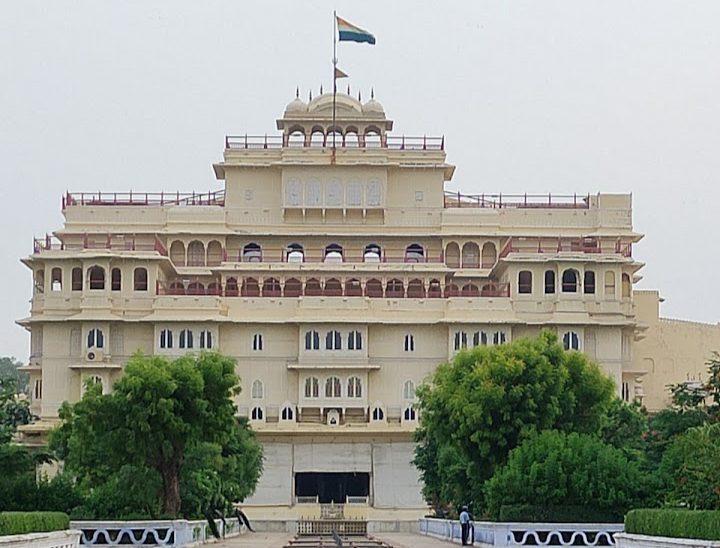
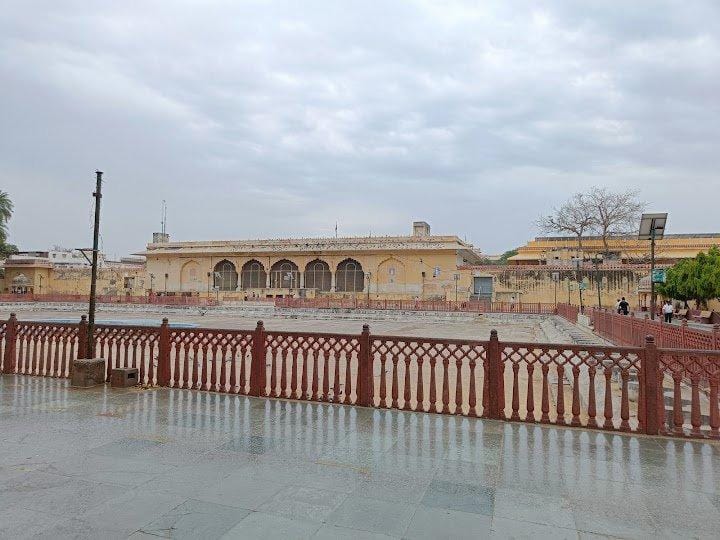
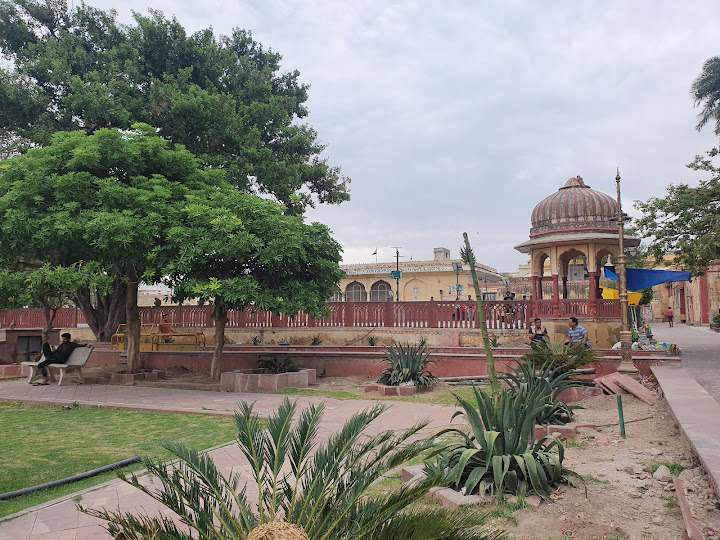

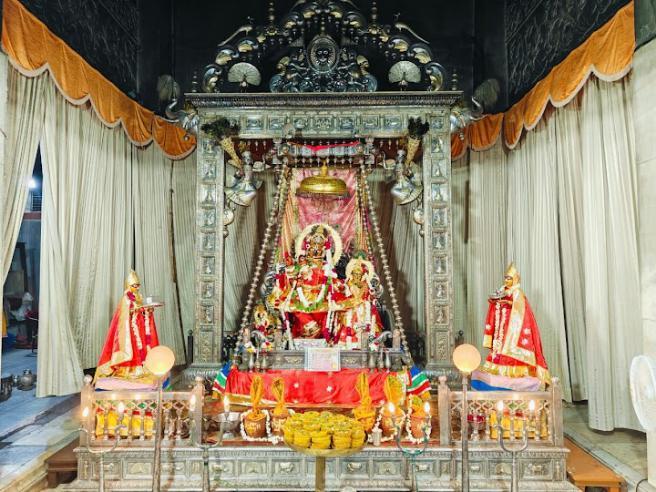




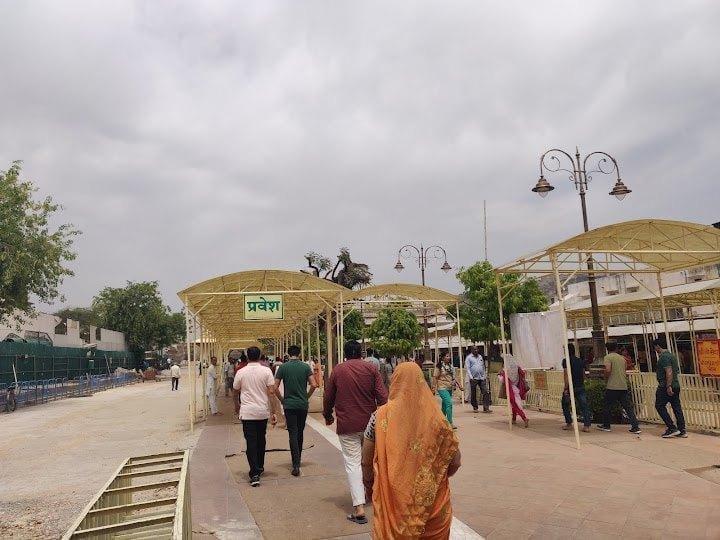
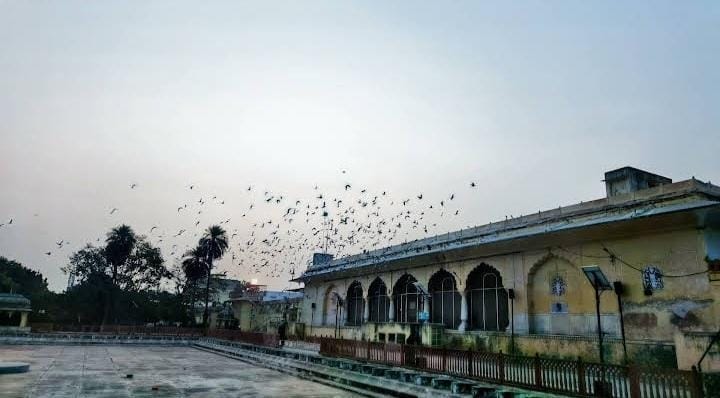
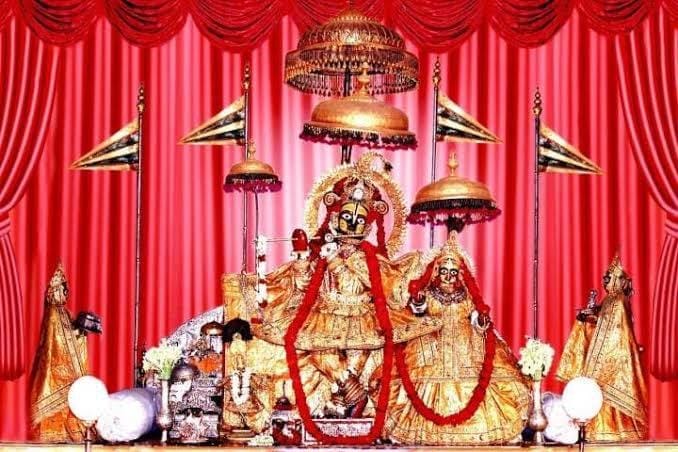
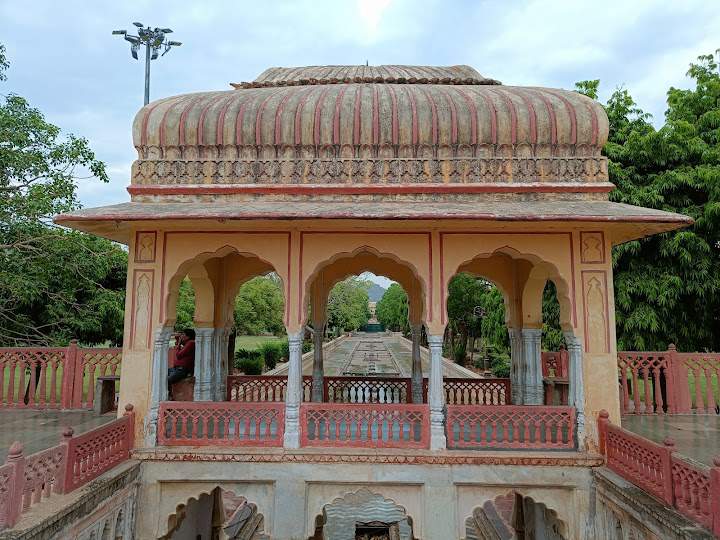















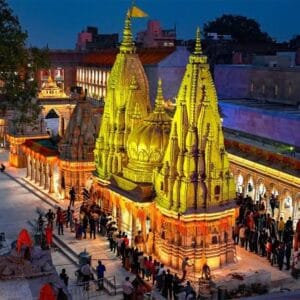




Reviews
There are no reviews yet.